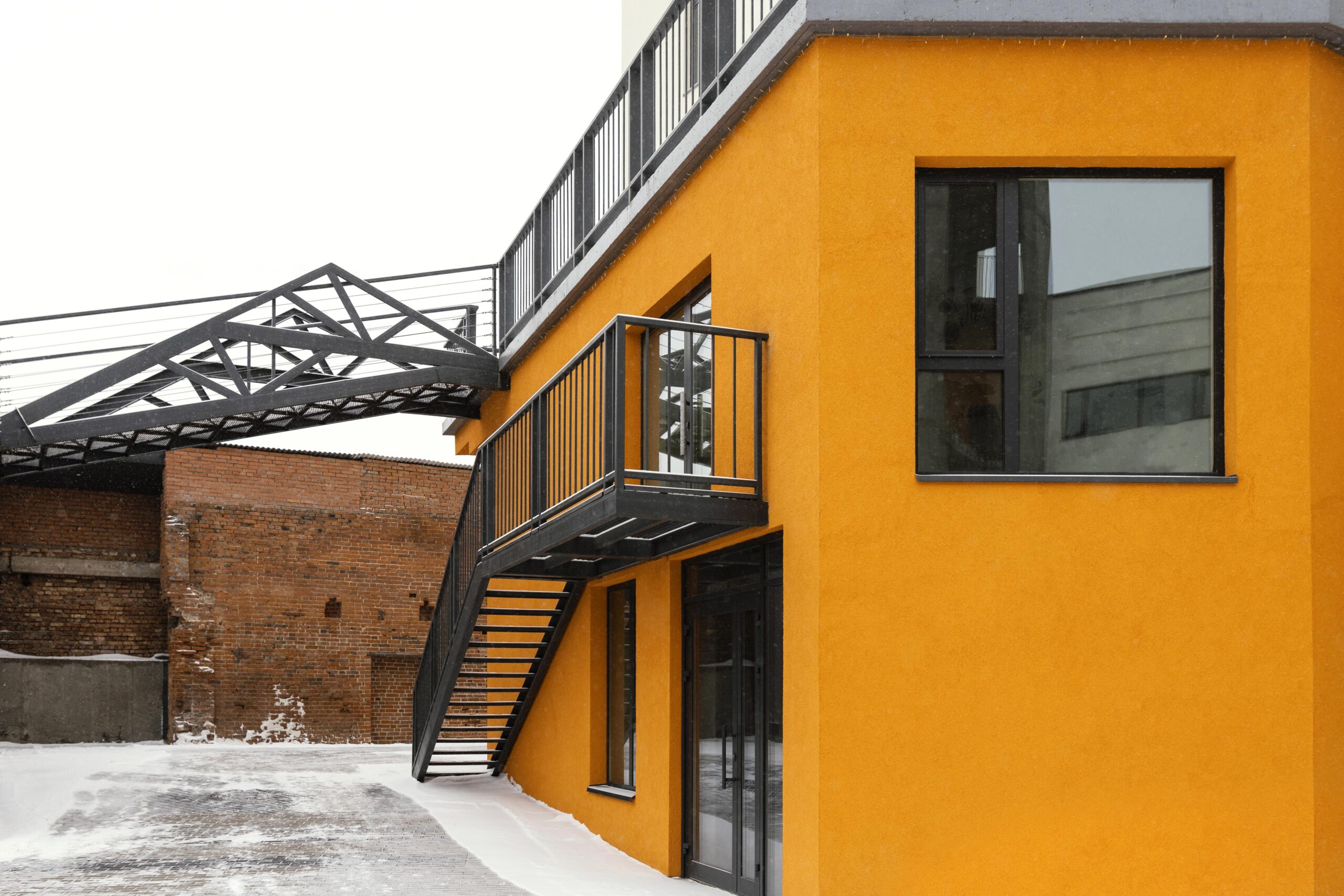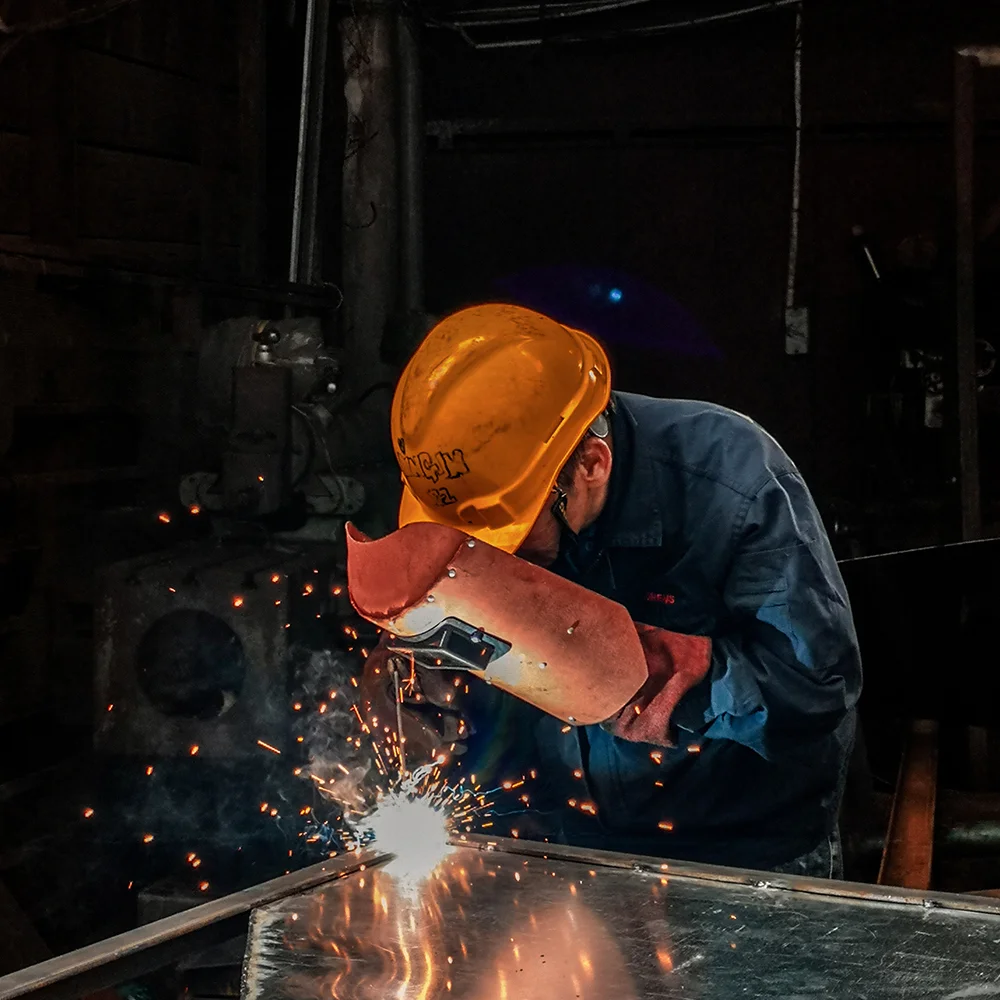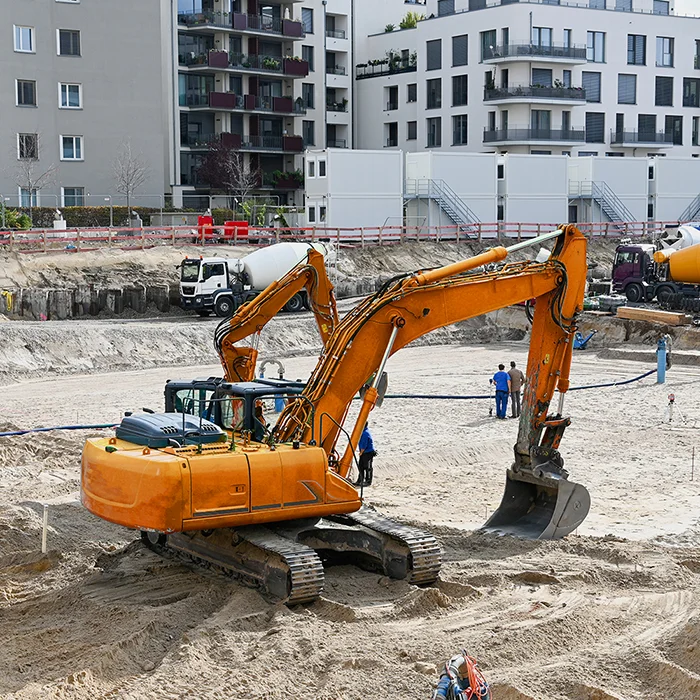
Choosing the right siding for your home is a crucial decision that can significantly impact its appearance, protection, and energy efficiency. In this comprehensive guide, we will delve into the various aspects of siding selection, from understanding its importance to assessing different materials, considering factors like durability and energy efficiency, budgeting for installation, choosing colors and finishes, understanding the installation process, and ensuring long-term protection through warranties.
Understanding the Importance of Siding
Siding serves as the first line of defense against the elements of your home. It shields the interior from moisture, wind, and debris, thus preserving its structural integrity. Additionally, siding contributes significantly to the curb appeal of a house, enhancing its aesthetic appeal and overall value. Furthermore, siding plays a crucial role in energy efficiency by providing insulation and reducing heat transfer, thereby lowering heating and cooling costs.
Factors to Consider When Choosing Siding
Several factors should influence your choice of siding, including the climate and weather conditions of your region, the architectural style and design preferences of your home, as well as the maintenance requirements and long-term costs associated with different options. For instance, in regions with extreme weather conditions, durable and weather-resistant siding materials like fiber cement or metal may be more suitable.
Climate and Weather Conditions : Consider the climate of your region, including temperature fluctuations, precipitation levels, and exposure to harsh elements like wind or hail. Siding materials that offer superior weather resistance, such as fiber cement or metal, are ideal for areas prone to extreme weather conditions.
Architectural Style and Design Preferences : The siding you choose should complement the architectural style and design aesthetic of your home. Whether you have a modern, traditional, or colonial-style house, select siding materials and colors that enhance its visual appeal and curb appeal.
Maintenance Requirements and Long-Term Costs: Evaluate the maintenance needs and long-term costs associated with different siding options. While vinyl siding may offer low maintenance requirements, wood siding may require regular upkeep, including painting or staining. Consider the upfront costs versus the lifetime value of the siding material to make an informed decision.
Assessing Durability and Maintenance
Durability and maintenance are critical considerations when selecting siding. Factors such as material quality, installation technique, and climate can affect the lifespan of siding. Proper maintenance, including regular cleaning and inspections, can help prolong its durability and prevent costly repairs. Homeowners should also be aware of common maintenance issues such as rot, mold, and insect infestations, and address them promptly.
Material Durability: Evaluate the durability of siding materials based on factors such as resistance to moisture, pests, and environmental wear and tear. Fiber cement and metal siding are known for their exceptional durability and longevity, while wood siding may require more maintenance to prevent rot or decay.
Maintenance Tips: Follow manufacturer guidelines and recommendations for maintaining your siding to ensure optimal performance and longevity. Regular cleaning with mild soap and water, inspecting for damage or signs of wear, and addressing issues promptly can help prevent costly repairs and prolong the lifespan of your siding.
Common Maintenance Issues: Be proactive in addressing common maintenance issues such as rot, mold, mildew, and insect infestations. Inspect your siding regularly for signs of damage, including discoloration, warping, or moisture penetration, and take appropriate measures to address them before they escalate into larger problems.
Understanding Energy Efficiency
Energy-efficient siding can help reduce heating and cooling costs by improving insulation and thermal performance. Materials with high R-values, such as insulated vinyl or fiber cement siding, are effective at minimizing heat transfer. Additionally, proper installation techniques, including sealing gaps and cracks, can further enhance energy efficiency.
Insulation Properties : Consider the insulation properties of different siding materials when choosing energy-efficient options for your home. Insulated vinyl siding features a layer of foam insulation that enhances thermal performance and reduces energy consumption.
Thermal Performance: Evaluate the thermal performance of siding materials based on their ability to regulate heat transfer and maintain comfortable indoor temperatures year-round. Siding with high thermal resistance, such as fiber cement or insulated vinyl, can help minimize heat loss during the winter and heat gain during the summer.
Installation Techniques: Ensure proper installation techniques, including the use of insulation, vapor barriers, and air sealing, to maximize energy efficiency and prevent thermal bridging. Professional installation by experienced contractors can help optimize the performance of energy-efficient siding materials.
Budgeting for Siding Installation
The cost of siding installation can vary depending on factors such as material choice, labor costs, and the size of the project. Homeowners should carefully budget for both the purchase and installation of siding, taking into account any additional expenses such as trim work or structural repairs. Obtaining multiple quotes from reputable contractors can help ensure a fair price and quality workmanship.
Material Costs: Research the cost of different siding materials per square foot, including materials, labor, and additional expenses such as trim, fasteners, and caulking. Compare prices from multiple suppliers and contractors to find the best value for your budget.
Labor Costs: Factor in labor costs for siding installation, which can vary depending on the complexity of the project, location, and contractor rates. Obtain quotes from licensed and insured contractors with a proven track record of quality workmanship.
Additional Expenses: Consider any additional expenses associated with siding installation, such as trim work, removal, and disposal of old siding, structural repairs, or permits. Budgeting for these expenses upfront can help avoid surprises and ensure a smooth installation process.
Choosing Colors and Finishes
Selecting the right color and finish for your siding is essential for achieving the desired aesthetic impact. Consider factors such as the architectural style of your home, surrounding landscaping, and neighborhood regulations when choosing colors. While trends come and go, timeless options such as neutral tones or classic hues like white or gray often complement various design schemes.
Color Psychology: Consider the psychological impact of colors when choosing siding for your home. Warm colors like red, orange, or yellow can evoke feelings of warmth and energy, while cool colors like blue, green, or gray can create a sense of calm and tranquility.
Architectural Harmony:Ensure that the color and finish of your siding harmonize with the architectural style and design elements of your home. Choose colors that complement the roof, trim, doors, and other exterior features to create a cohesive and visually appealing look.
- Neighborhood Aesthetics:Take into account the aesthetics of your neighborhood and any homeowners association (HOA) regulations or guidelines when selecting siding colors. Choose colors that blend with the surrounding environment while still allowing your home to stand out.
Installation Process and Considerations
Proper installation is critical to the performance and longevity of siding. Hiring experienced contractors who follow manufacturer guidelines and best practices is essential. The installation process typically involves preparing the surface, measuring and cutting the siding panels, and securing them in place. Homeowners should also consider factors such as ventilation and moisture barriers to prevent issues like mold or rot.
Surface Preparation: Ensure that the surface of your home is properly prepared before installing siding, including cleaning, repairing any damaged areas, and applying a moisture barrier or insulation as needed. Proper surface preparation is essential for ensuring a secure and long-lasting installation.
Measurement and Cutting:Accurate measurement and cutting of siding panels are crucial for achieving a precise fit and professional-looking finish. Use quality tools and techniques to cut siding panels to the correct size and shape, taking into account factors such as overlaps, corners, and trim pieces.
- Securing Siding Panels:Securing Siding Panels: Secure siding panels according to manufacturer guidelines and best practices, ensuring proper alignment, spacing, and fastening. Use appropriate fasteners and installation techniques to prevent sagging, warping, or damage during installation.
Warranty and Long-Term Protection
Investing in quality siding with a comprehensive warranty can provide peace of mind and long-term protection for your home. Be sure to carefully review the terms and conditions of the warranty, including coverage duration, limitations, and exclusions. Maintaining records of installation and any maintenance or repairs can help facilitate warranty claims if needed.
Warranty Coverage: Review the warranty coverage provided by siding manufacturers, including protection against defects in materials or workmanship, as well as coverage for specific issues such as fading, cracking, or warping. Understand the duration of the warranty and any limitations or exclusions that may apply.
Installation Requirements: Ensure that your siding is installed according to manufacturer guidelines and industry best practices to maintain warranty coverage. Improper installation techniques or failure to follow guidelines may void the warranty, leaving you responsible for any repairs or replacements.
- Maintenance Responsibilities: Understand your maintenance responsibilities under the warranty, including requirements for regular inspections, cleaning, and upkeep. Failure to properly maintain your siding may void warranty coverage for issues that could have been prevented through proper care.
To integrate the entire building lifecycle into a seamless platform to redefine how the world builds. Vel altera malorum ei. Eam at erat dicat vocent, vel et magna vitae principes, et sea dicit eripuit.
Barbra Streisand


Choosing the right siding for your home is a decision that requires careful consideration of various factors. By understanding the importance of siding, assessing different materials, considering factors like durability and energy efficiency, budgeting effectively, choosing colors and finishes wisely, understanding the installation process, and ensuring long-term protection through warranties, homeowners can make informed decisions that enhance the beauty, durability, and value of their homes. Take your time, weigh your options, and consult with professionals to ensure the best outcome for your home.










1 Comment
admin
December 14, 2023, at 4:30 amLorem ipsum dolor sit amet, consectetur adipiscing elit. Fusce elementum, eros et scelerisque hendrerit, nisi augue placerat metus, at consequat justo lacus a ligula. Integer eget leo ac neque sagittis scelerisque ut non urna. Aenean suscipit velit ut libero viverra mollis et sagittis arcu.